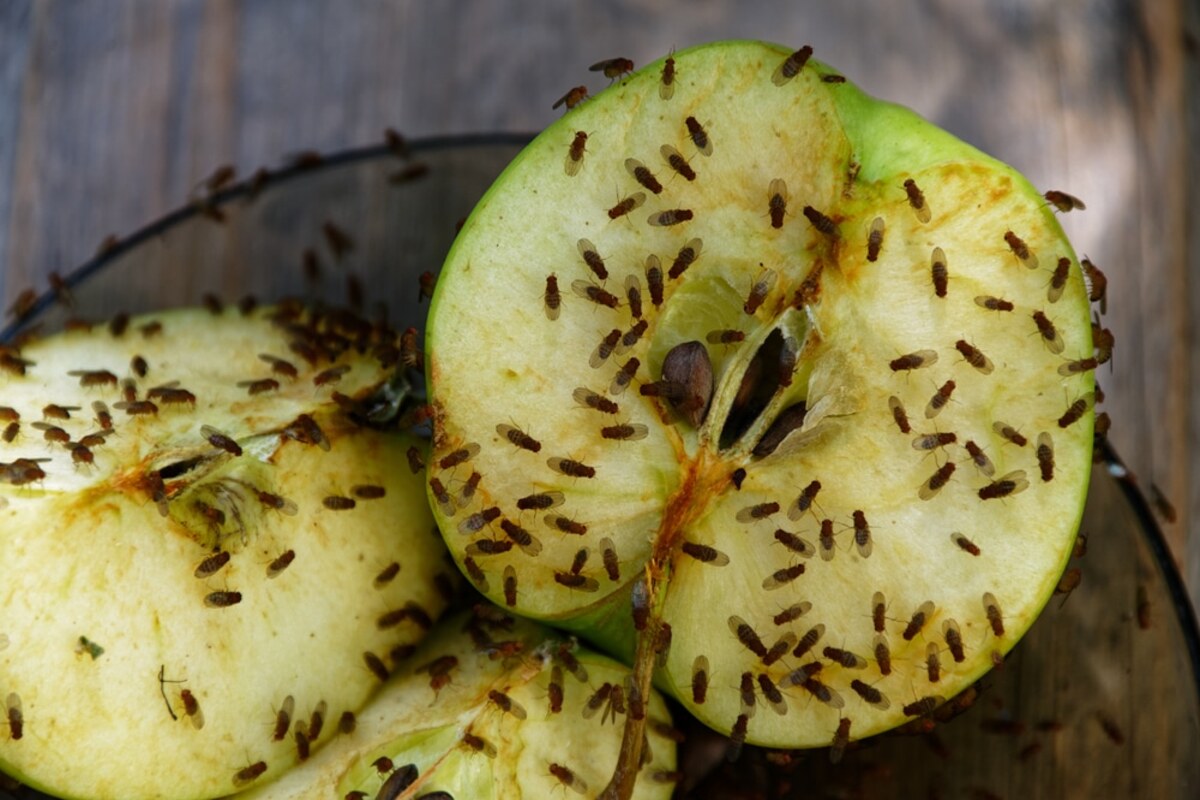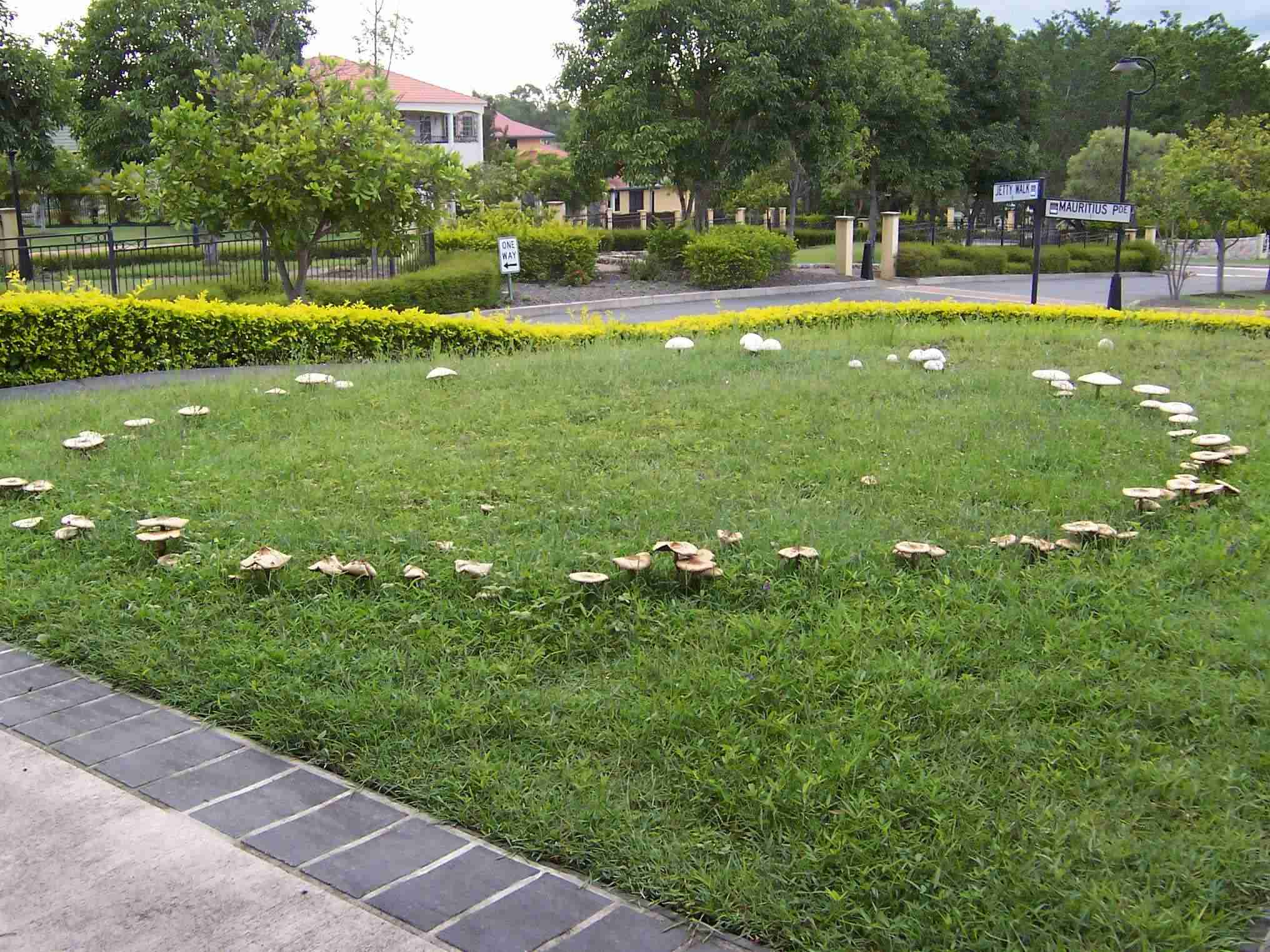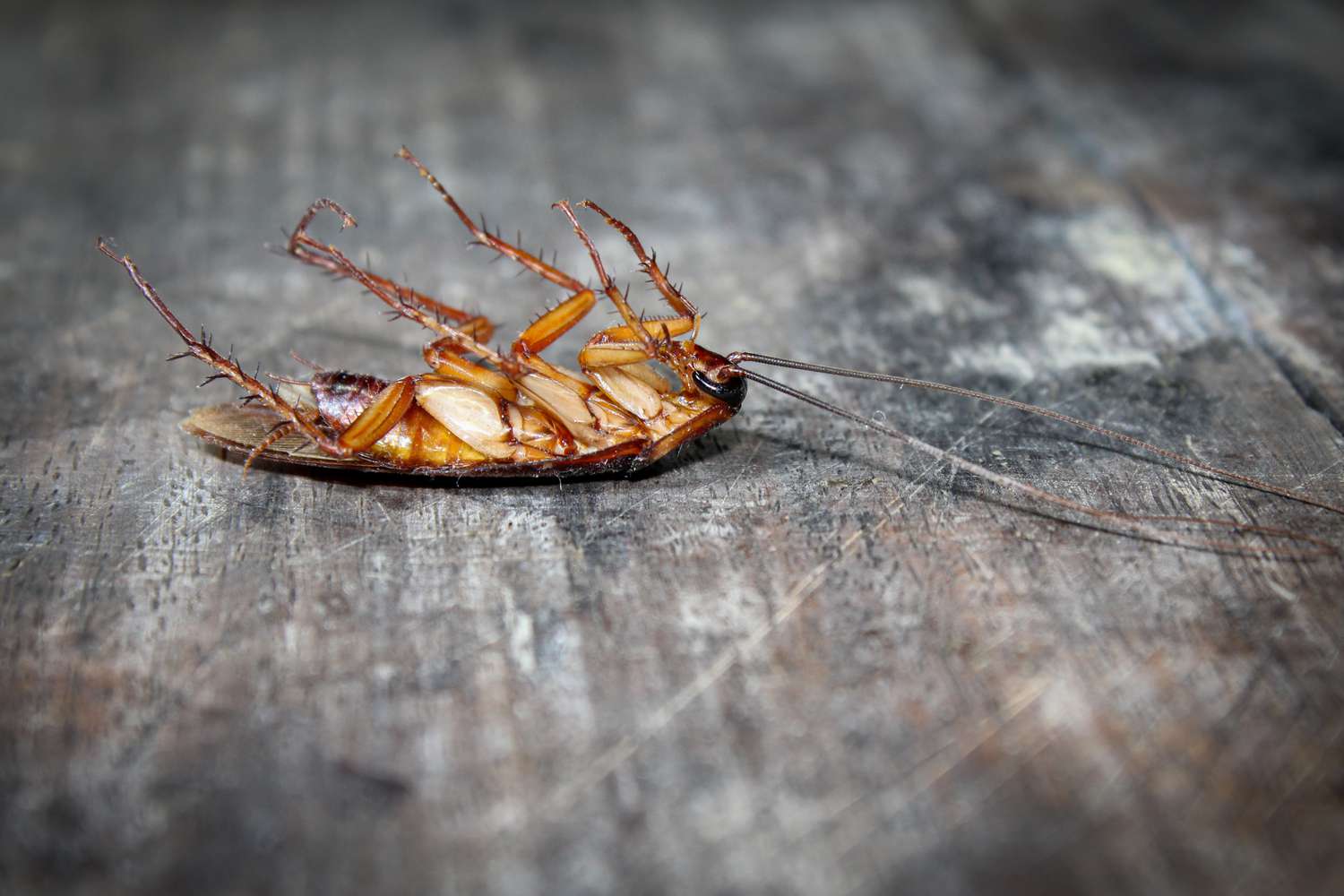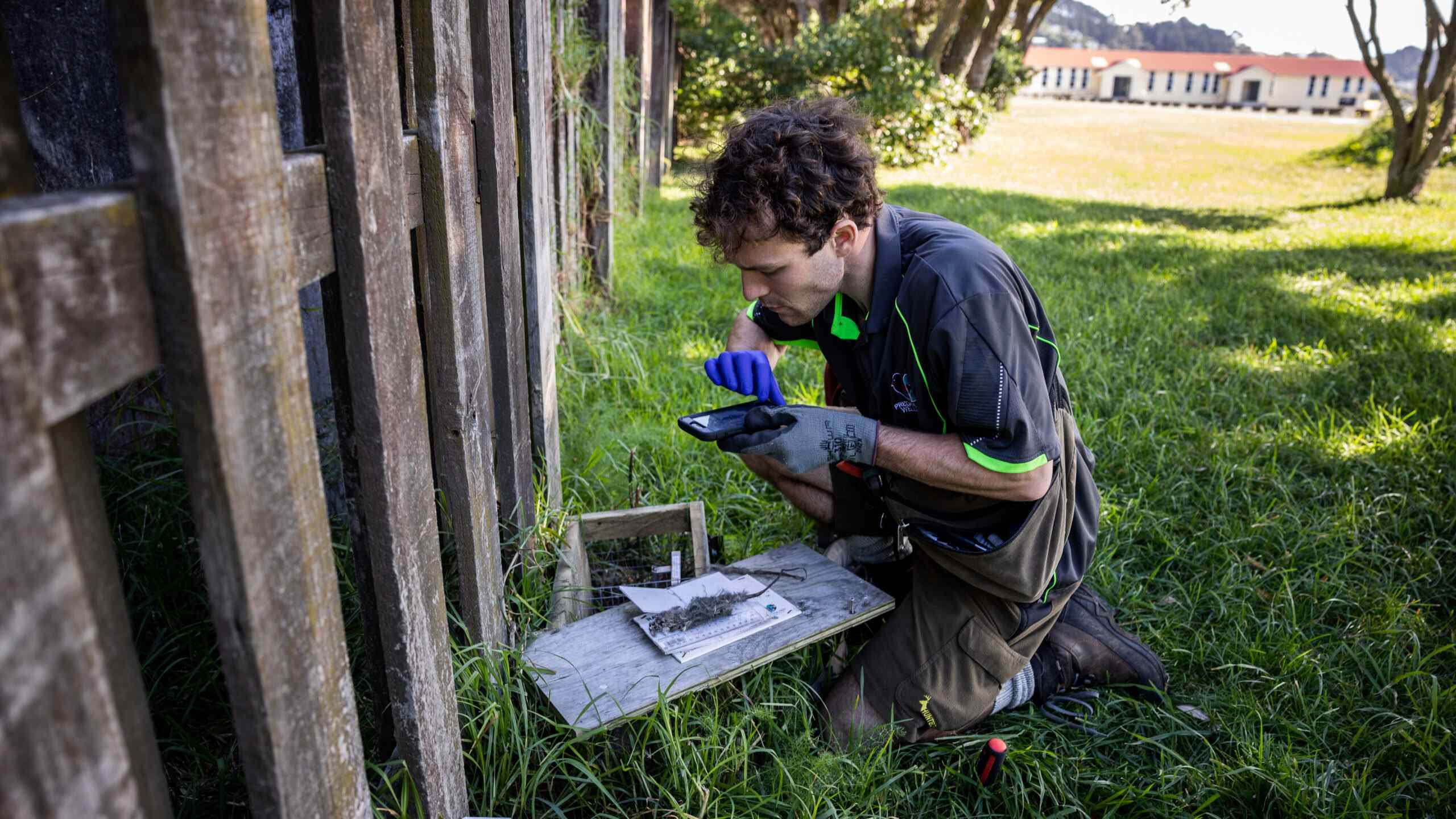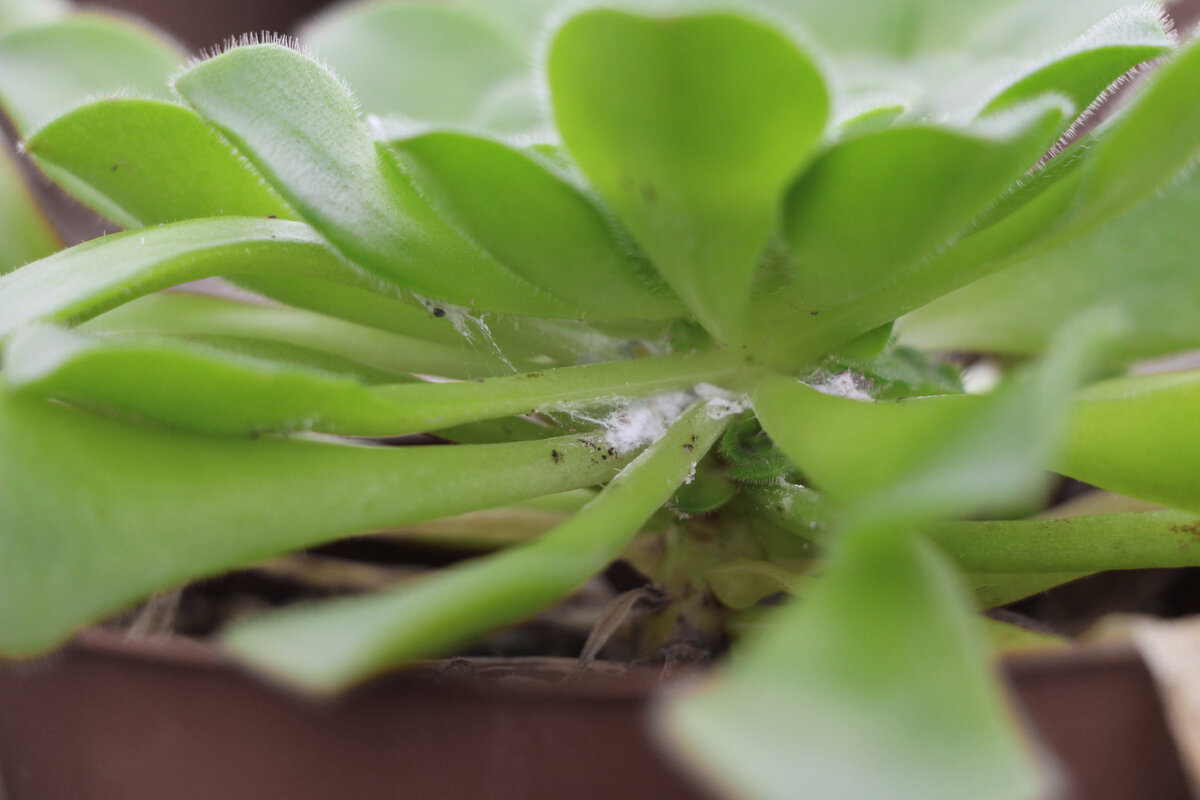Home>Gardening Techniques>Plant Care>How To Get Rid Of Spider Mites On Shrubs
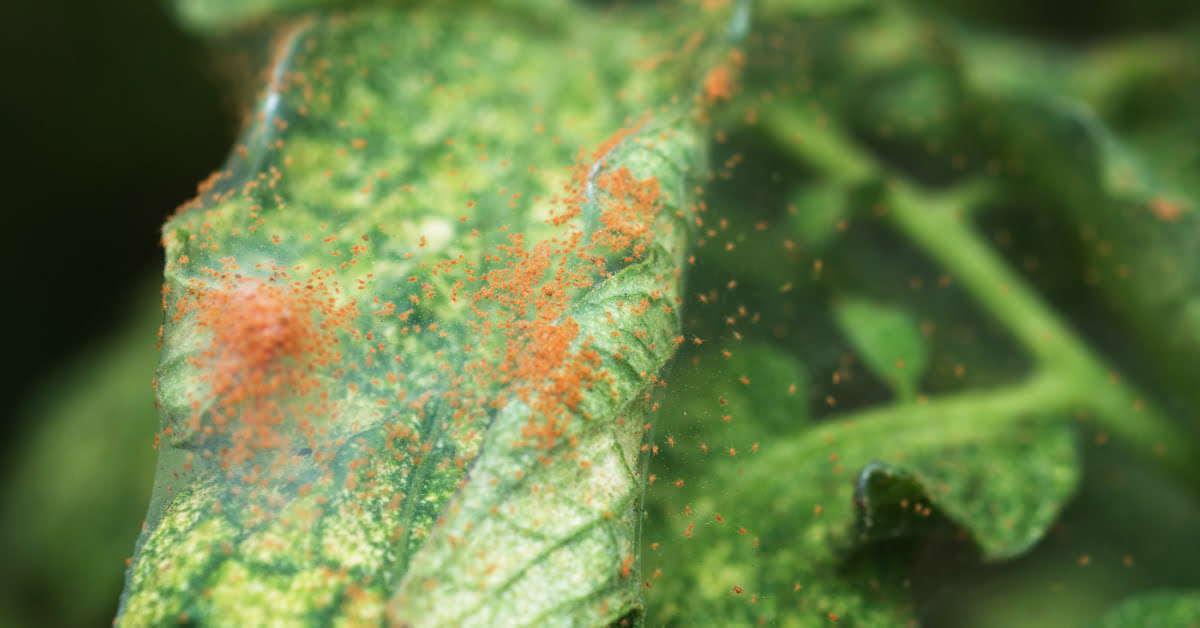

Plant Care
How To Get Rid Of Spider Mites On Shrubs
Modified: January 22, 2024
Learn effective plant care tips to get rid of spider mites on your shrubs and prevent damage to your plants.
(Many of the links in this article redirect to a specific reviewed product. Your purchase of these products through affiliate links helps to generate commission for Chicagolandgardening.com, at no extra cost. Learn more)
Table of Contents
Introduction
Welcome to our comprehensive guide on how to get rid of spider mites on shrubs. Spider mites are a common pest that can wreak havoc on your beloved plants. These tiny arachnids can quickly multiply and suck the life out of your shrubs, causing yellowing leaves, stunted growth, and even death if left untreated. But fear not! With the right knowledge and techniques, you can take control of the situation and restore your shrubs to their healthy and vibrant state.
Spider mites are not actually insects but rather belong to the spider family. They are minuscule creatures that thrive in warm and dry conditions, making your shrubs an ideal breeding ground. These pests are notorious for their ability to reproduce rapidly, with females laying hundreds of eggs in just a few weeks.
Identifying a spider mite infestation can be tricky, as they are incredibly small and often go unnoticed until damage is already occurring. However, there are some telltale signs to look out for. If you notice tiny webs on your shrubs, along with yellowing or speckled leaves, it’s a strong indication of spider mite activity.
In this guide, we will walk you through the process of identifying spider mite infestations on your shrubs, implementing preventive measures to avoid future outbreaks, and employing both natural and chemical treatment options. We will also discuss integrated pest management strategies to ensure the long-term health and vitality of your shrubs.
It’s important to note that each shrub species may require slightly different approaches to deal with spider mite infestations. However, the principles outlined in this guide will provide a solid foundation to tackle these pests effectively.
Now, let’s dive in and learn how to combat spider mites and restore the beauty of your shrubs!
Understanding Spider Mites
Before we delve into methods to eliminate spider mites from your shrubs, it’s crucial to have a good understanding of these pests. As mentioned earlier, spider mites are not insects but arachnids closely related to spiders. They belong to the Tetranychidae family and are incredibly small, measuring only about 0.5mm in size.
Spider mites are typically pale in color, with a translucent appearance. However, their color can change depending on the species and the plant they are infesting. They have a unique ability to produce silk-like webs, which they use for protection and to facilitate movement between leaves and branches.
These tiny pests are extremely prolific and can reproduce quickly. Female spider mites can lay up to 100 eggs at a time and can go through several generations in a single growing season. This rapid reproductive cycle allows spider mite populations to explode if not controlled in a timely manner.
Spider mites feed by puncturing the plant cells with their mouthparts and sucking out the sap. As a result, they can cause damage to the leaves, causing them to turn yellow, develop a stippled or speckled appearance, and eventually dry up and fall off.
Spider mites thrive in warm and dry conditions, which is why they are often a problem during hot summers. They prefer low humidity environments, making shrubs susceptible to infestation, particularly in arid regions.
It’s also important to note that different species of spider mites may have slight variations in their behaviors and preferences. For instance, the two-spotted spider mite (Tetranychus urticae) is one of the most common and destructive species, while the red spider mite (Tetranychus cinnabarinus) is known to attack a variety of plants.
Now that you have a better understanding of spider mites, including their appearance, reproductive habits, and favored conditions, you can move forward with identifying and combating these pests on your shrubs.
Identifying Spider Mite Infestation on Shrubs
Identifying a spider mite infestation on your shrubs is crucial for effective pest control. While spider mites are extremely small and can be challenging to spot, there are signs you can look out for to determine if your shrubs are under attack.
One of the most noticeable signs of a spider mite infestation is the presence of tiny webs on the undersides of leaves and between branches. These webs are produced by the mites as they move around and provide them with protection.
Another telltale sign is the appearance of yellowing leaves. Spider mites puncture the plant cells and extract sap, leading to a decrease in chlorophyll production. This causes the leaves to lose their vibrant green color and become yellow or pale.
In addition to yellowing leaves, you may also notice a stippled or speckled appearance on the foliage. This occurs due to the spider mites feeding on the cells, creating tiny puncture marks that give the leaves a mottled appearance.
As the infestation progresses, the leaves may start to dry up and eventually fall off the shrub. This can be an alarming sign, as it indicates that the damage caused by spider mites is severe.
If you suspect a spider mite infestation, you can conduct a simple test to confirm their presence. Take a white piece of paper and gently shake the affected leaves or branches above it. If spider mites are present, they will fall onto the paper and become visible to the naked eye. Their small size and slow movement may require careful observation.
It’s also worth noting that spider mites are more likely to infest plants that are already stressed or weakened. Therefore, if you notice signs of malnutrition, drought stress, or other plant health issues, it’s essential to address these underlying problems alongside treating the spider mite infestation.
By staying vigilant and regularly checking your shrubs for signs of spider mite activity, you can catch an infestation early and take immediate action to prevent further damage.
Prevention Techniques for Spider Mites
Preventing spider mite infestations on your shrubs is key to maintaining their health and vitality. By implementing a few simple techniques, you can create an environment that is less favorable for these pests to thrive. Here are some prevention strategies to consider:
1. Regularly inspect your shrubs: Take the time to visually inspect your shrubs for any signs of spider mite activity. Look for the presence of webs, yellowing leaves, or stippled foliage. Early detection allows for prompt action before the infestation gets out of control.
2. Maintain proper plant nutrition: Healthy shrubs are more resistant to spider mite infestations. Ensure that your shrubs are receiving adequate nutrients by regularly fertilizing them with a balanced fertilizer suitable for their specific needs.
3. Provide sufficient moisture: Spider mites thrive in dry conditions. Increase the humidity around your shrubs by misting them with water or installing a humidifier nearby. Regularly watering your shrubs in dry periods can also help prevent spider mites from taking hold.
4. Prune and thin out dense foliage: Spider mites are attracted to shady and overcrowded areas. Prune your shrubs regularly to increase air circulation and sunlight penetration. This will create an environment that is less conducive to spider mite infestations.
5. Use reflective mulch: Spread reflective mulch around the base of your shrubs to deter spider mites. The reflective surface confuses and disorients these pests, making them less likely to infest your plants.
6. Introduce beneficial insects: Encourage natural predators of spider mites, such as ladybugs, lacewings, or predatory mites, into your garden. These insects feed on spider mites and can help keep their populations in check.
7. Rotate plant species: If you have had recurring spider mite problems on specific shrubs, consider rotating them with different plant species. This practice helps disrupt the life cycle of spider mites and reduces the likelihood of reinfestation.
By implementing these preventive measures, you can reduce the risk of spider mite infestations on your shrubs. However, even with these precautions, there is still a possibility of an outbreak. In the next sections, we will explore natural remedies and chemical treatment options to help eradicate spider mites if they do appear on your shrubs.
Natural Remedies for Spider Mites on Shrubs
When it comes to combating spider mites on shrubs, there are several effective natural remedies available. These methods are safe for both your plants and the environment, making them an ideal choice for eco-conscious gardeners. Here are some natural remedies to consider:
1. Water blast: Use a strong stream of water to physically dislodge spider mites from your shrubs. Direct the water spray onto the undersides of the leaves and other affected areas. This method can effectively remove a large number of spider mites and their webs, reducing the infestation.
2. Neem oil spray: Neem oil is a natural insecticide derived from the neem tree. It is effective against a wide range of pests, including spider mites. Dilute neem oil according to the instructions on the package and spray it onto the shrubs, focusing on the leaves and stems. Repeat this process every 7 to 14 days until the infestation is under control.
3. Insecticidal soap: Insecticidal soap is a gentle yet effective solution for controlling spider mites. Mix a solution of insecticidal soap according to the manufacturer’s instructions and spray it onto the affected areas of your shrubs. The soap works by suffocating the mites on contact. Be sure to thoroughly cover both sides of the leaves and repeat the application as needed.
4. Garlic spray: Create a homemade garlic spray by blending a bulb of garlic with water and straining the mixture. Dilute the solution with additional water and spray it onto your shrubs. The pungent odor repels spider mites and can help prevent infestations. Repeat the application every few weeks or as needed.
5. Predatory mites: Introduce predatory mites, such as Phytoseiulus persimilis, to your garden. These tiny insects are natural enemies of spider mites and feed on them. They can help reduce the spider mite population and prevent further damage to your shrubs. Consult with a local garden center or pest control company to ensure you introduce the appropriate species for your region.
6. Essential oils: Certain essential oils, such as peppermint, rosemary, or clove oil, have insect-repellent properties. Dilute a few drops of these oils in water and spray the solution onto your shrubs. The scent acts as a deterrent to spider mites and can help prevent infestations.
7. Companion planting: Planting companion plants that naturally repel spider mites can be an effective preventive measure. Examples include marigolds, chrysanthemums, and garlic. These plants emit compounds that spiders mites dislike, reducing the likelihood of an infestation.
Remember to apply these natural remedies consistently and as needed to effectively combat spider mites on your shrubs. However, if the infestation persists or becomes severe, it may be necessary to explore chemical treatment options, which we will discuss in the next section.
Chemical Treatment Options for Spider Mites
While natural remedies can be effective in controlling spider mites, there may be instances where a more aggressive approach is necessary. In such cases, chemical treatments can be employed to eliminate the infestation. Here are some commonly used chemical treatment options for spider mites:
1. Miticides: Miticides are specifically formulated insecticides that target mites and are effective in combating spider mites. These products work by disrupting the mites’ nervous system or inhibiting their ability to reproduce. It’s important to choose a miticide that is labeled for use on the specific shrub species you are treating, and follow the instructions carefully to avoid harming beneficial insects or the environment.
2. Systemic insecticides: Systemic insecticides are absorbed by the plant and transported throughout its tissues. When spider mites feed on the treated shrubs, they ingest the insecticide and are eliminated. This method provides long-lasting protection against spider mites. However, it’s crucial to use systemic insecticides responsibly and follow the instructions closely, as they can also harm beneficial insects.
3. Acaricides: Acaricides are a specific type of pesticide that targets mites. These chemical treatments are effective in controlling spider mites and can provide quick results. However, like other chemical treatments, it’s important to use acaricides as directed, while being mindful of their potential impact on the environment and human health.
4. Horticultural oils: Horticultural oils, such as dormant oils or summer oils, can be used to smother and suffocate spider mites. These oils work by coating the mites and disrupting their respiration, leading to their demise. Horticultural oils are often considered less harmful to beneficial insects and the environment, but it is still important to use them responsibly and according to the instructions provided.
5. Insecticidal soaps: Insecticidal soaps, as mentioned in the natural remedies section, can also be effective as a chemical treatment option. These soaps work by removing the protective waxy coating on the mites’ bodies, causing them to desiccate and die. As with any pesticide, it is crucial to follow the instructions provided and avoid using insecticidal soaps on plants that may be sensitive to them.
When using chemical treatments for spider mites, it’s essential to apply them at the appropriate time and in the recommended concentrations. Proper timing and thorough coverage of the affected areas will increase the effectiveness of the treatment. Additionally, it’s important to rotate between different chemical treatments to minimize the risk of spider mites developing resistance.
Before resorting to chemical treatments, consider the severity of the infestation, the potential risks to beneficial insects and the environment, and explore alternative options. Integrated pest management (IPM) strategies can also be implemented to minimize the use of chemical treatments and ensure long-term control of spider mites, which we will discuss in the next section.
Integrated Pest Management Strategies
Integrated Pest Management (IPM) is an approach that aims to control and manage pest populations using a combination of preventative measures, natural remedies, and, if necessary, targeted chemical treatments. This holistic approach focuses on long-term solutions while minimizing the impact on the environment. Here are some key strategies to implement an effective IPM program for controlling spider mites on shrubs:
1. Monitor and identify: Regularly monitor your shrubs for signs of spider mite activity. Inspect the leaves, stems, and undersides of the foliage to identify any signs of infestation. Early detection is crucial for successful control.
2. Set action thresholds: Determine the level of spider mite population that warrants intervention. By establishing action thresholds, you can avoid unnecessary treatments and selectively target the infested shrubs.
3. Cultural practices: Implement cultural practices that promote plant health and reduce the risk of spider mite infestation. This includes maintaining proper irrigation, providing adequate nutrition, avoiding excessive fertilization, and pruning to increase air circulation and sunlight penetration.
4. Beneficial insects: Encourage the presence of natural predators of spider mites, such as ladybugs, lacewings, and predatory mites. By providing habitats and food sources for these beneficial insects, you can create a balanced ecosystem that helps in controlling spider mite populations.
5. Barriers and exclusion: Use physical barriers such as floating row covers or netting to prevent spider mites from accessing your shrubs. This can be particularly effective in preventing infestations in vulnerable plants or during periods of high spider mite activity.
6. Regular pruning and sanitation: Remove and discard severely infested plant parts to prevent the spread of spider mites. Prune your shrubs regularly to remove dense foliage and improve air circulation, reducing the favorable conditions for spider mites to thrive.
7. Rotate chemical treatments: Avoid over-reliance on a single chemical treatment by rotating between different modes of action. This helps prevent the development of resistance in spider mite populations and ensures consistent control.
8. Educate and learn: Stay informed about the latest research and developments in spider mite control. Attend workshops, conferences, or webinars to learn about new techniques and strategies for managing these pests.
By implementing an integrated pest management approach, you can effectively control spider mites on your shrubs while minimizing the impact on the environment. Remember to assess the effectiveness of your IPM program regularly and make necessary adjustments based on the specific needs of your shrubs and the prevailing spider mite pressures in your area.
Conclusion
Dealing with spider mites on shrubs can be a challenging endeavor, but with the right knowledge and techniques, you can successfully combat these pests and restore the health and beauty of your plants. By understanding spider mites and their behavior, you can identify the signs of infestation and take swift action.
Prevention is key in managing spider mites, and implementing measures such as regular inspection, maintaining proper plant nutrition, and providing sufficient moisture can help create an unfavorable environment for these pests. Natural remedies, including water blasting, neem oil spray, and introducing beneficial insects, offer effective and environmentally friendly options for combatting spider mites.
In cases where infestations are severe or other methods prove ineffective, chemical treatment options such as miticides, systemic insecticides, and insecticidal soaps can be employed. However, it is important to prioritize responsible and targeted use of chemical treatments to minimize potential risks.
Adopting integrated pest management (IPM) strategies is a holistic approach that combines various preventive practices, natural remedies, and, if necessary, targeted chemical treatments. By incorporating IPM into your gardening practices, you can achieve long-term control of spider mites and maintain the health and vitality of your shrubs.
Remember, it’s crucial to stay vigilant and regularly monitor your shrubs for any signs of spider mite infestations. Early detection and prompt action are key to preventing further damage and minimizing the need for more aggressive treatments.
Armed with the knowledge and techniques outlined in this guide, you are now equipped to effectively get rid of spider mites on your shrubs. Embrace a proactive approach, implement suitable preventive measures, and make informed treatment choices to ensure the long-term health and beauty of your shrubs.



